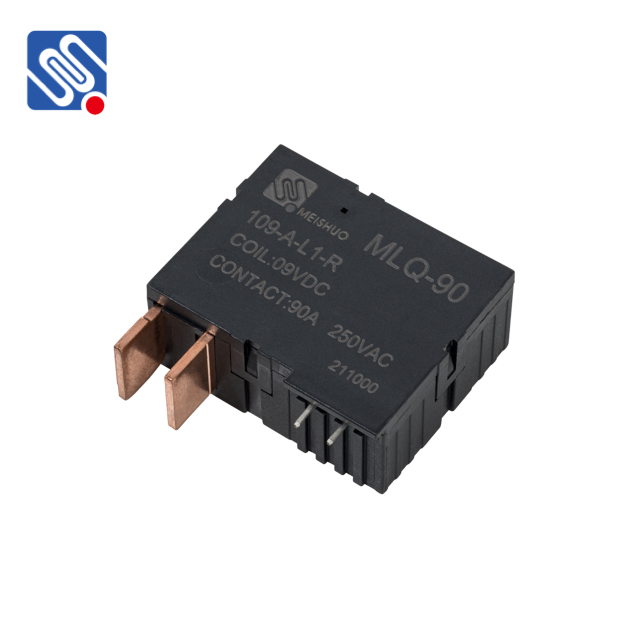Relay reliability is a critical concept in modern communication systems, playing a vital role in ensuring seamless data transmission over various networks. In wireless communications, where signals may be weakened or obstructed by physical barriers, relay stations or nodes are deployed to amplify, retransmit, or route the signals from the source to the destination. A relay’s ability to perform these tasks with consistent accuracy and efficiency is paramount. This article explores the significance of relay reliability, its challenges, and how advancements in technology are addressing them to optimize network performance.

Understanding Relay Reliability Relay reliability refers to the dependability with which a relay node can transmit data from one point to another, particularly in scenarios where direct communication is not feasible. In wireless networks, particularly in systems like cellular networks, satellite communication, and even internet-of-things (IoT) networks, relay nodes are used to extend the reach and improve the quality of signals. These relays can be either fixed or mobile, and their reliability ensures minimal data loss and lower latency, which is essential for real-time applications like video conferencing, voice calls, or autonomous driving systems.